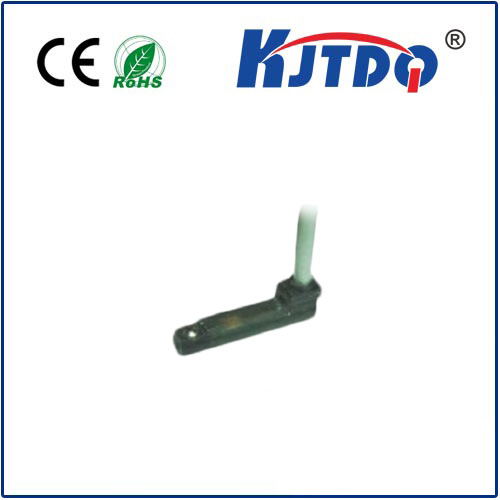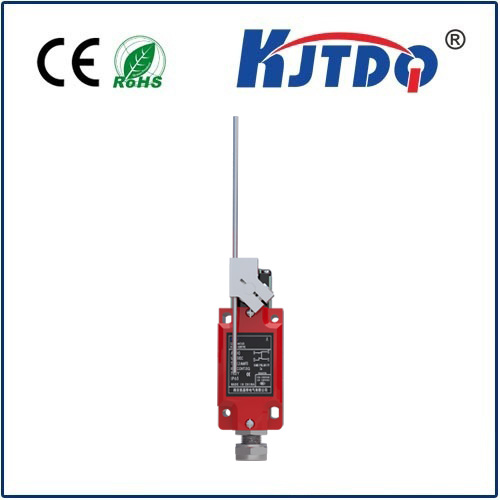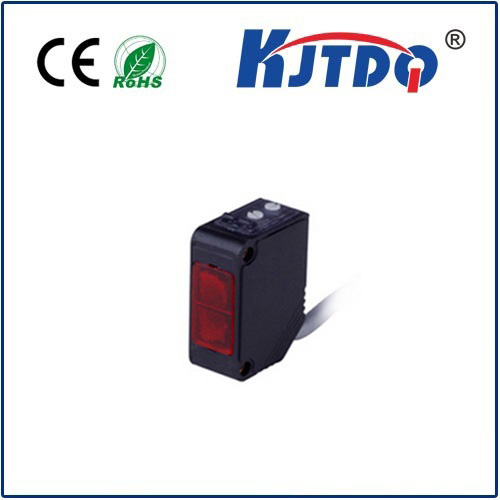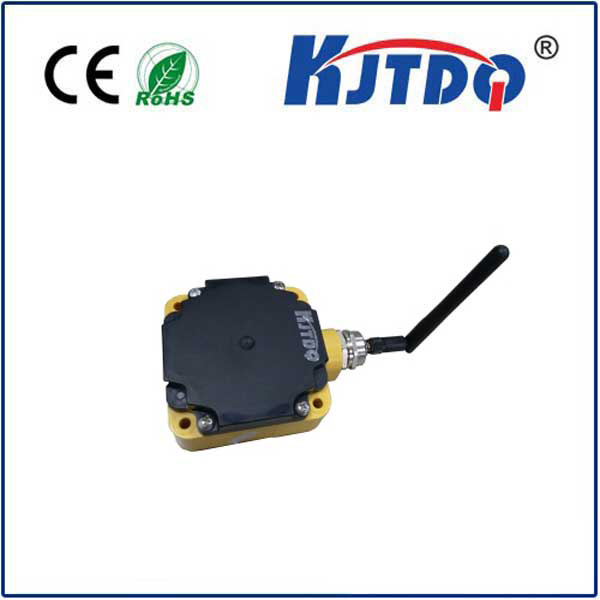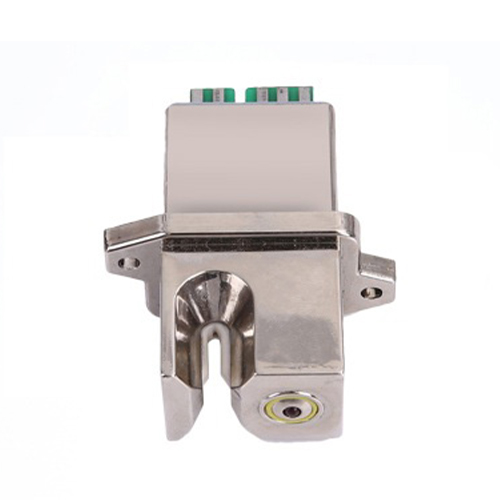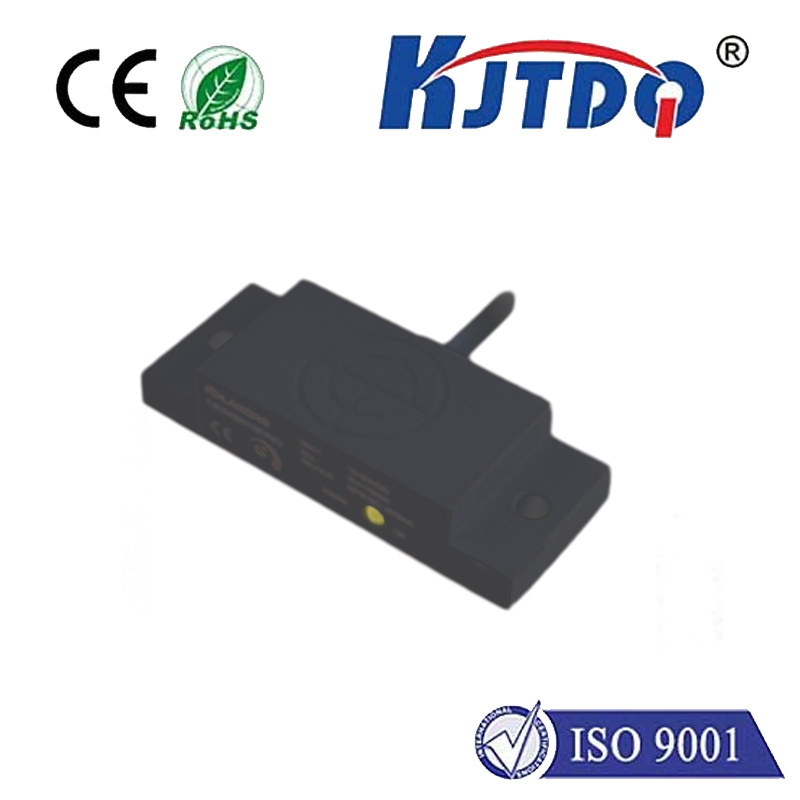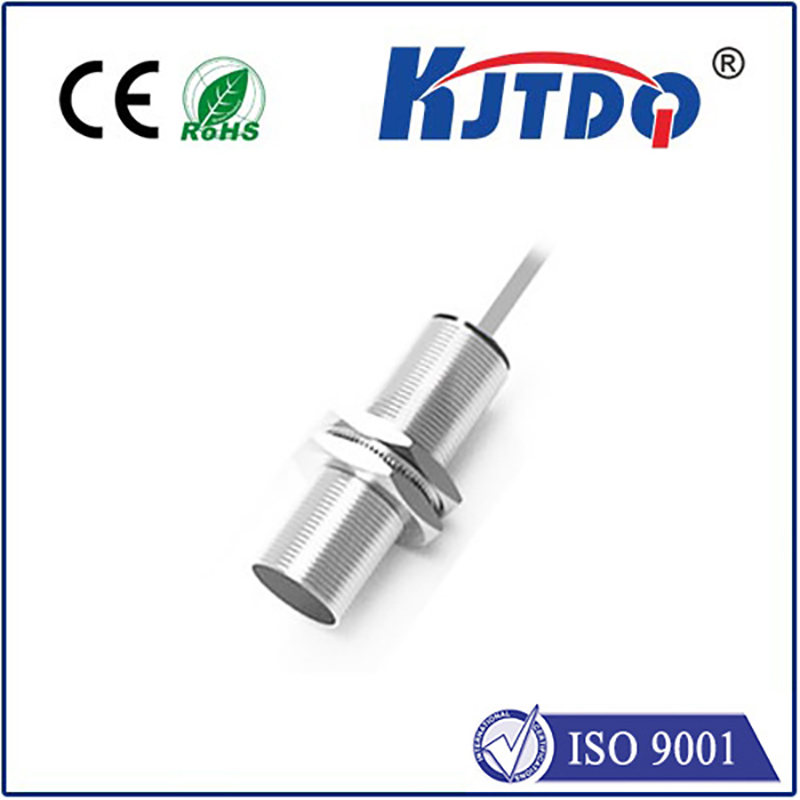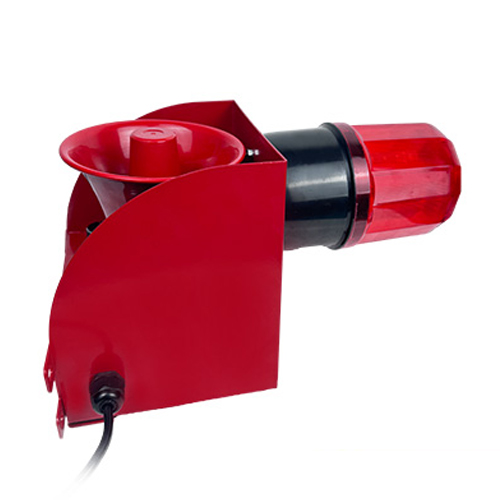

check

check

check

check
Hunting Tooth Limit Switch: The Unsung Guardian of Industrial Motion Control
In the relentless hum of automated factories and heavy machinery, a split-second overtravel can cascade into catastrophic failure. Enter the hunting tooth limit switch—a precision-engineered sentinel designed to prevent mechanical mayhem by integrating seamlessly with rotating gear systems. Unlike standard limit switches, this specialized device leverages the geometry of gear teeth to deliver ultra-reliable position detection, making it indispensable in high-risk industrial environments where safety and accuracy are non-negotiable.

At its core, this switch exploits the meshing action between its integrated “hunting tooth” and the teeth of a rotating gear or rack. As the gear turns, the switch’s tooth engages at precise intervals, physically actuating an internal mechanism that opens or closes an electrical circuit. This interaction capitalizes on the kinematic harmony between the tooth profiles, ensuring consistent triggering regardless of minor misalignments or vibration. The term “hunting” refers to the deliberate phase difference engineered between the switch’s tooth and the gear teeth, guaranteeing contact even during partial rotations—crucial for applications like turntables, indexing tables, or conveyor positioning.
Hunting tooth limit switches shine where traditional sensors falter:
Modern variants feature modular cam profiles to customize actuation points and sealed contact blocks rated IP67/IP69K. Hybrid models incorporate magnetic or inductive elements for redundant digital feedback, creating a “belt-and-suspenders” safety layer. Crucially, they eliminate reliance on software-based encoders—vulnerable to coding errors—by providing inherently deterministic hardware-based shutdowns demanded by ISO 13849 safety standards.
While traditionally electromechanical, next-gen hunting tooth switches embed IoT-enabled sensors to monitor tooth wear, temperature, and alignment in real time. This data feeds into predictive maintenance algorithms, alerting technicians before wear compromises safety margins. As Industry 4.0 accelerates, their role evolves from passive interrupters to active data nodes optimizing machine efficiency.
From paper mills to wind turbine yaw systems, the hunting tooth limit switch remains a masterclass in analog reliability. It epitomizes how mechanical ingenuity, not complexity, solves critical safety challenges—proving that sometimes, the simplest solutions are the hardest to replace.

